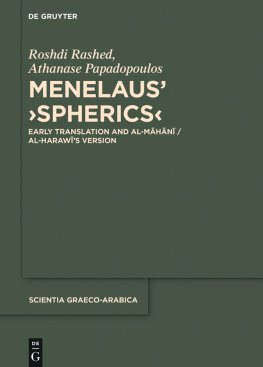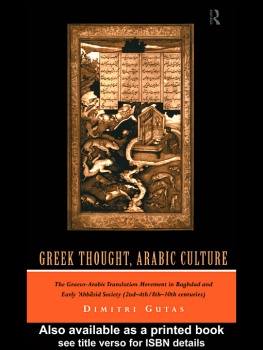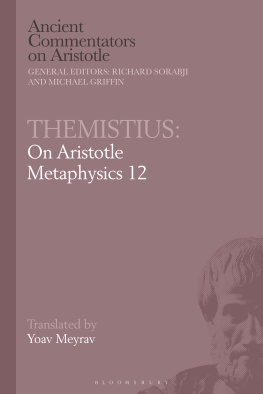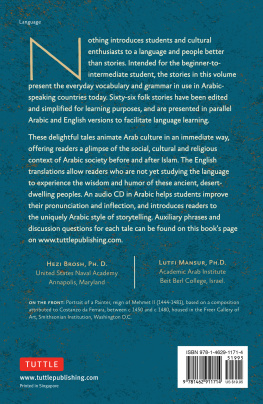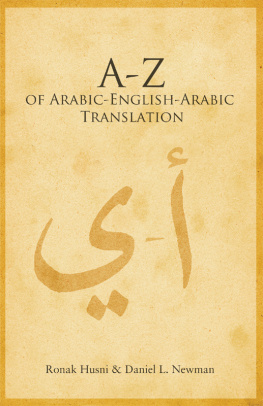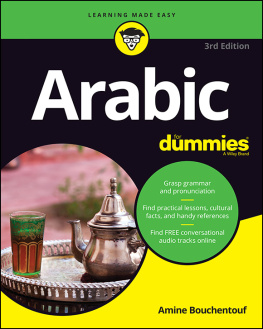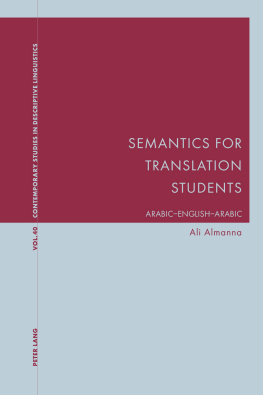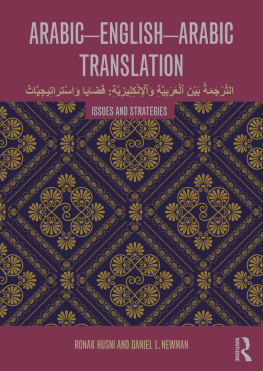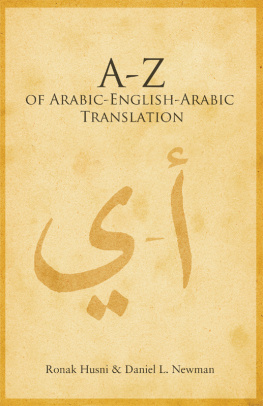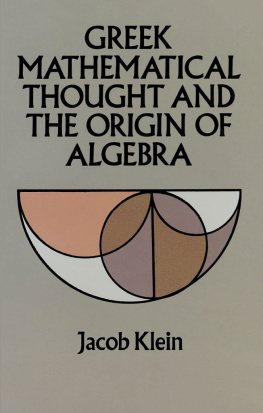Table of Content
Guide

Menelaus Spherics
Scientia Graeco-Arabica
herausgegeben von
Marwan Rashed
Band 21
De Gruyter

ISBN 978-3-11-056823-3
e-ISBN (PDF) 978-3-11-057142-4
e-ISBN (EPUB) 978-3-11-056987-2
ISSN 1868-7172
Library of Congress Cataloging-in-Publication Data
A CIP catalog record for this book has been applied for at the Library of Congress.
Bibliografische Information der Deutschen Nationalbibliothek
Die Deutsche Nationalbibliothek verzeichnet diese Publikation in der Deutschen Nationalbibliografie; detaillierte bibliografische Daten sind im Internet ber http://dnb.dnb.de abrufbar.
2017 Walter de Gruyter GmbH, Berlin/Boston
www.degruyter.com
FOREWORD
In the lineage of the writings of Archimedes, Diocles and Apollonius, followed by those of Diophantus of Alexandria, Menelaus treatise, the Spherics , is a landmark in the history of classical mathematics. Before the Greek original was lost, this work, which is at the foundations of spherical geometry, and in fact, the first work on non-Euclidean geometry, was translated several times into Arabic, between the 9th and the 10th century. Around the end of the 10th century, spherical geometry experienced a further upswing, largely as the result of work done by first-rank mathematicians like al-Bzjn and Ibn Irq. Starting from the 11th century, the Arabic translations of the Spherics became the subject of rectifications and commentaries by several mathematicians. Thus, al-Mhn ( fl . 853-66) rectified the second Arabic translation, which was probably due to Isq ibn unayn (d. 910-11), a rectification which was revised in the following century by al-Haraw. Regarding Ibn Irq (d. c . 1036), we owe to him a rectification of the translation due to the Hellenist and mathematician Ab Uthmn al-Dimashq. It is based on these rectifications of the Arabic translations of Menelaus Spherics that Gerard of Cremona produced his Latin translation. These rectifications, together with the blossoming of spherical geometry that we mentioned, whose history is punctuated by leading figures like Ibn al-Haytham and al-Brn and, later, Nar al-Dn al-s, Ibn Ab Jarrda and several others, relegated to the bottom of the agenda the Arabic translations of the Spherics , which ended up disappearing altogether. Fortunately, a fragment of the first translation, dating from the first half of the 9th century, survives.
As part of my research program I had set on the foundational disciplines of classical mathematics, after I finished the work on Apollonian geometry, on Diocles, on Diophantus Arithmetica , and on the development of Archimedean mathematics in Arabic, I planned to continue the work on spherical geometry, starting with the writings of Menelaus. But the immense task that was before me, together with the number of years that were ahead of me, started to shake my resolve, and without the encouragement and the collaboration of my friend and colleague Athanase Papadopoulos, I most likely would have stepped back. Thus, he offered to accompany in this work, and we started from the very beginning. We showed:
1. That there exists a fragment (about one third) of an ancient Arabic translation of the Spherics , which is different from all the subsequent translations. The reader will find in the present volume the editio princeps of the fragment together with its first translation.
2. That the edition of the Spherics which is commonly attributed to al-Haraw (10th century) is in fact due to al-Mhn, and that it was only revised by al-Haraw. We also provide here the editio princeps of this other important text as well as its first translation.
3. That the King of Saragossa, Ibn Hd (d. 1085), in the material he borrowed for his Encyclopedia , had at his disposal two sources: al-Mhns edition for what concerns the first and the second book, and al-Dimashqs translation for the third.
4. That the Latin translation of Gerard of Cremona (d. 1175) was not realized, as it was claimed up to now, from one and the same Arabic translation, but, exactly as is the case for Ibn Hds commentary, from two sources: al-Mhns edition for part of the work, and al-Dimashqs translation for the rest.
All these results, among many others, provide us with a new understanding of the history of the translations of the Spherics and their transmission through Arabic and Latin.
In the mathematical commentaries of the complete set of propositions of the Spherics that we provide in the present edition, our aim was twofold: to rewrite these propositions in a more explicit and accessible language which highlights the path that Menelaus took, making it more explicit and more accessible, including it in the setting of modern geometry, and to situate Menelaus Spherics in the general history of geometry, classical as well as modern.
It remains to me to express my gratitude to Professor Menso Folkerts for his invaluable help. Indeed, he was kind enough to transmit to me a resumption, done by him and by his students, of a handwritten transcription of the Latin translation of Gerard of Cremona, due to Axel Anton Bjrnbo at the beginning of the previous century. It is to this work of Professor Folkerts that I refer; and it is his new edition that I quote.
Roshdi Rashed
Bourg-la-Reine, May 2017
INTRODUCTION
Menelaus project is clear and precise: to develop in a new way the geometry of the sphere, making it a non-Euclidean geometry. Indeed, this is a geometry which is proper to the surface of the sphere, different from the geometry of the sphere as a chapter in solid geometry that was developed by his predecessors. Let us quote Menelaus:
O brother Aldhiy, I have invented a kind of proof which is excellent and admirable. Several things relative to surface on the spherical surfaces appeared to me; I dont think they were offered to anybody else. And I ordered the lemmas and the proofs in an order so that it will be easy for those who are fond of science to rise up and to attain universal and honorable sciences. In this way, with the help of particular propositions that occur to them from the experiences they acquire from that art, they will become skillful and outstanding in the universal propositions, given the multitude of universal propositions that can occur to them, and that become for them proofs and indications for the inaccessible and the difficult directions in the principles of Spherics, their role and what ensues from them.
The Spherics is a treatise dedicated to this new geometrical discipline.
From the formal point of view, the treatise is written in the spirit of Euclids Elements , as a systematic treatise in which the propositions follow a rigorous logical order. But, conceptually, the treatise is very different from Euclids work, since it concerns a new geometry where the parallel postulate fails, where the sum of angles in any triangle is greater than two right angles, where disjoint lines do not exist, where two arbitrary lines intersect in two points, etc. The mathematicians who came after Menelaus and studied the Spherics , trying to complete the proofs and to rectify them, perfectly understood the goal of the project and the intention of their author. For example, al-Haraw writes:
The way that Menelaus followed in that book is marvelous; nobody preceded him and nothing had been known to his predecessors on that subject. Did he foresee that this kind of geometrical science is unique in itself, that it has laws suitable to it and lemmas that lead to the goal, which are different from

